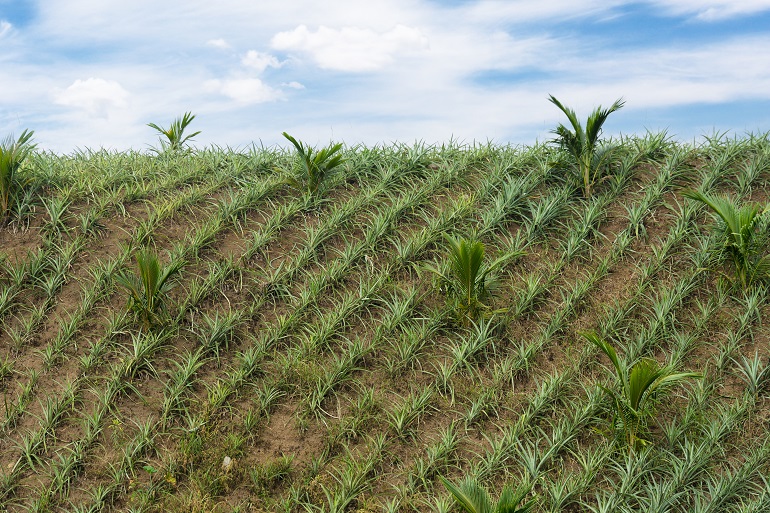What is intercropping and why is it better than monoculture?

This post is also available in:
This post is also available in:
![]() Español (Spanish)
Español (Spanish) ![]() Français (French)
Français (French) ![]() Deutsch (German)
Deutsch (German) ![]() Nederlands (Dutch)
Nederlands (Dutch) ![]() हिन्दी (Hindi)
हिन्दी (Hindi) ![]() العربية (Arabic)
العربية (Arabic) ![]() Türkçe (Turkish)
Türkçe (Turkish) ![]() 简体中文 (Chinese (Simplified))
简体中文 (Chinese (Simplified)) ![]() Русский (Russian)
Русский (Russian) ![]() Italiano (Italian)
Italiano (Italian) ![]() Ελληνικά (Greek)
Ελληνικά (Greek) ![]() Português (Portuguese (Brazil))
Português (Portuguese (Brazil)) ![]() Tiếng Việt (Vietnamese)
Tiếng Việt (Vietnamese) ![]() Indonesia (Indonesian)
Indonesia (Indonesian) ![]() 한국어 (Korean)
한국어 (Korean) ![]() polski (Polish)
polski (Polish)
What is intercropping and why is it better than monoculture?
Intercropping is an agricultural method that involves growing two different crops simultaneously at a very close distance to benefit from their interaction. For example, farmers often practice intercropping by having two rows of corn followed by two rows of wheat and then another two rows of corn. Farmers may also grow a grain along with a vegetable or a forage crop. In the photo above, we can see pineapple seedlings intercropped with young Coconut trees at a hilly plantation with rich volcanic soil in Tagaytay, Cavite, Philippines.
The first and most apparent advantage of intercropping versus monoculture is that it promotes biodiversity. Moreover, the pest population decreases with intercropping systems, as different pests are attracted, and in some cases, pests compete with each other. If the decision of intercropping has been wisely made, there can also be synergies between the two crops. This means that the biology and characteristics of one plant may benefit the other (for example, the taller plant may provide shade to the other). Finally, there is a diversification of risk in case there is a sudden disease outspread. Through intercropping, the risk is dispersed into two different crops rather than one, so the probability of a total crop failure is substantially lower.
What is the difference between crop rotation and intercropping?
Intercropping means growing two different plants at the same time in the same field, while crop rotation means that two or more crops are grown one after the other.








































































